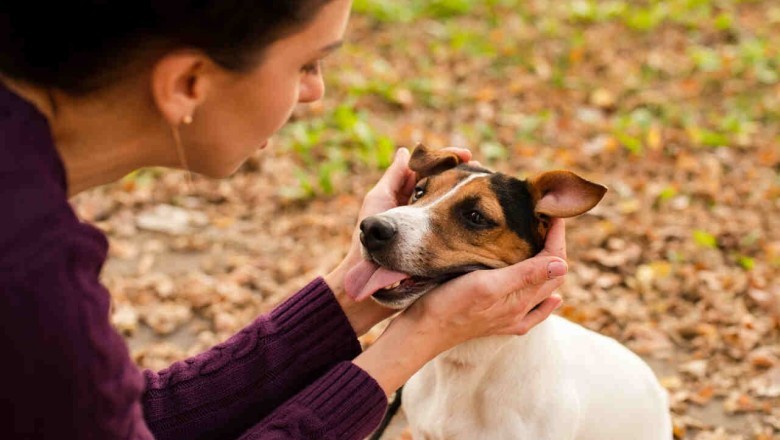Caring Helps in the Diagnosis of Tumors in Dogs and Cats; Understand
If you notice nodules on your dog's or cat's limbs or trunk, it's important to schedule a veterinary consultation without delay, even if these lumps are small. It could potentially be mastocytoma, a type of malignant neoplasm.
Mastocytoma originates from the mutation of mast cells, which are cells that are derived from the bone marrow. This mutation leads to the uncontrolled growth of these cells. Clarisse Teixeira, a specialized veterinary oncologist from the Taquaral Veterinary Hospital (HVT Campinas), explains that the highest incidence of mastocytoma occurs on the skin, where single or multiple nodules can appear.
Although mast cells are present in the digestive system and lungs, they are found in higher quantities in the dermis and subcutaneous tissue. These cells play a crucial role in the immune system and are important for defending the host against parasitic infections and allergic reactions. Systemic mastocytosis is one of the most severe forms, characterized by a significant increase in mast cells in the bone marrow, lungs, or stomach.
While some authors suggest that mastocytoma development may be associated with chronic inflammations, topical carcinogens, hereditary factors, genetic alterations, and viruses, the exact cause of the condition remains unknown. Mastocytoma typically affects animals over the age of eight.
Symptoms
The symptoms of mastocytoma vary depending on the location of the neoplasm. They can manifest as single or multiple aggressive and malignant nodules. Additional symptoms may include ulceration of the nodules and itching. Gastrointestinal ulceration can also occur, resulting in symptoms such as vomiting, bleeding, and diarrhea.
The condition is more common in dogs than in cats, with brachycephalic breeds being particularly susceptible. However, it can also affect breeds such as Boxers, Boston Terriers, Bulldogs, Labrador Retrievers, Golden Retrievers, Schnauzers, Pit Bulls, and mixed-breeds. Among cats, Siamese cats have a predisposition to mastocytoma. Nevertheless, there are studies indicating that there is no gender or age preference for the disease.
Diagnosis
The diagnosis of mastocytoma is typically made through cytology and histopathological examinations. It is important to assess the biological behavior of the tumor by grading it, as this helps determine the best treatment option and also indicates the risk of recurrence or mortality for the patient.
Treatment
Surgery is the primary therapeutic approach for mastocytoma. Other treatment modalities, such as electrochemotherapy, chemotherapy, and radiotherapy, may also be used depending on the location, extent, and grade of the tumor. Chemotherapy, in particular, can have side effects such as nausea, vomiting, loss of appetite, diarrhea, and immunosuppression. The success rate of treatment depends on factors such as the size and location of the tumor, as well as its histological grade.
Prevention
Unfortunately, there are no specific preventive measures for mastocytoma. However, early intervention is crucial for successful treatment. Regular inspection of your pet's body can help detect any nodules that may appear.
If your pet has a history of skin allergies, it is important to provide extra attention as constant inflammation can potentially lead to mast cell mutation. Proper nutrition is also essential for maintaining the correct weight and preserving muscle mass. Omega-3 fatty acid supplements, which are important nutraceuticals for oncological treatment, can help minimize the loss of muscle mass associated with sarcopenia and cachexia.
By being proactive and attentive to your pet's health, you can aid in the early diagnosis and treatment of mastocytoma, improving their chances of a positive outcome.





















Comments
0 comment